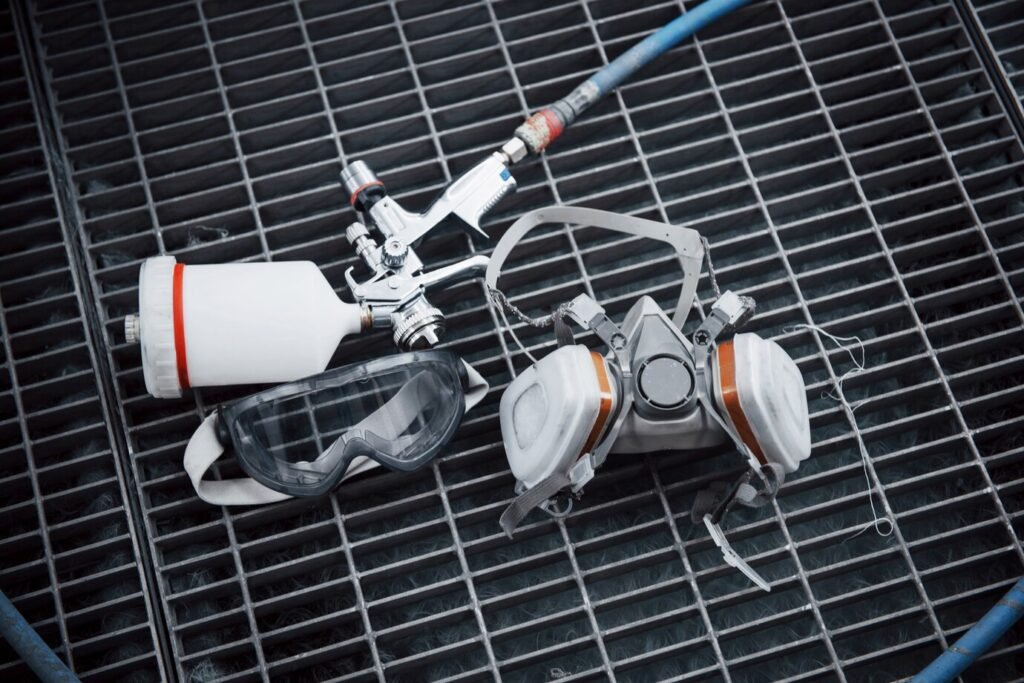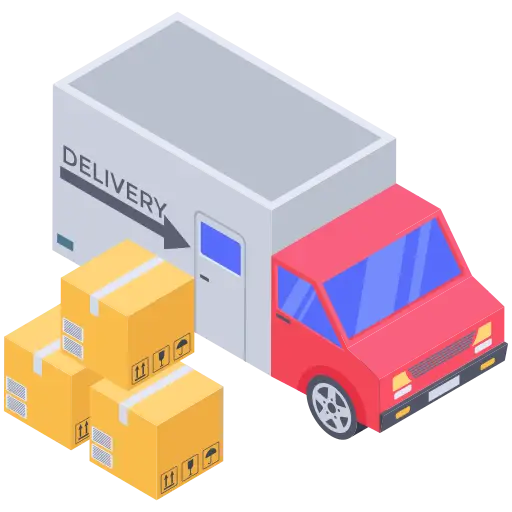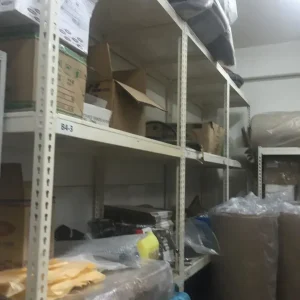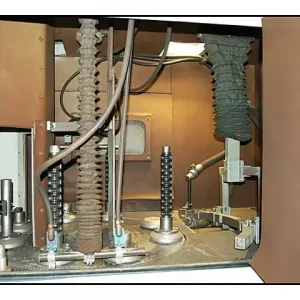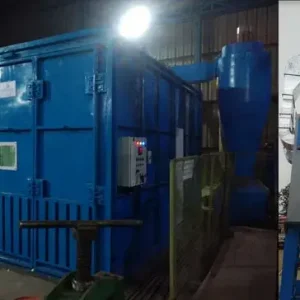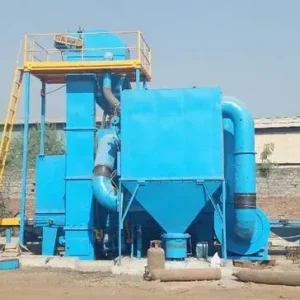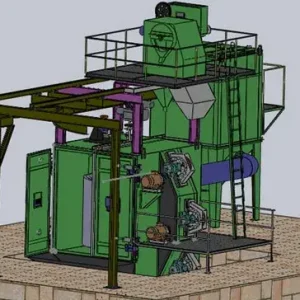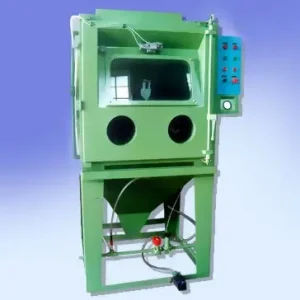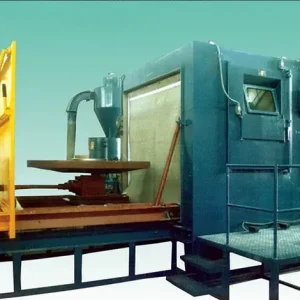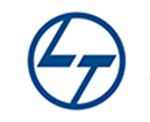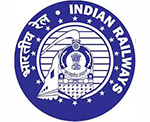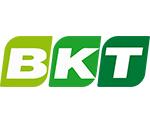Operating a portable sand blasting machine requires a careful approach to ensure both the safety of the operator and the quality of the work. Sand blasting can be dangerous if proper precautions aren’t taken, as the process involves high-pressure air and abrasive materials that can cause injury or damage if not handled correctly. In this guide, we’ll outline key safety guidelines for operating portable sand blasting machines.
1. Wear Proper Personal Protective Equipment (PPE)
The most critical safety measure when operating a portable sand blasting machine is wearing the appropriate personal protective equipment (PPE). The high-pressure abrasives and dust created during sand blasting can be harmful to your skin, eyes, and respiratory system.
Here’s the essential PPE you should wear:
- Protective Clothing: Wear durable, full-body clothing to protect your skin from abrasives.
- Goggles or Face Shield: Protect your eyes from flying particles and abrasive dust.
- Respirator or Dust Mask: Ensure you are using an effective dust mask or respirator designed for sand blasting to prevent inhalation of harmful dust particles.
- Gloves: Use heavy-duty gloves to protect your hands from abrasives and sharp edges on materials.
- Hearing Protection: If the sand blasting machine generates significant noise, consider wearing earplugs or earmuffs to protect your hearing.
2. Inspect the Equipment Before Use
Before starting your sand blasting operation, always perform a thorough inspection of the machine. Look for any signs of wear and tear or damage to key components such as:
- Hoses: Ensure the air and abrasive hoses are free from cracks, leaks, and wear.
- Nozzles: Check that the nozzle is properly attached and free from blockages.
- Pressure Relief Valve: Verify that the pressure relief valve is functioning correctly to avoid dangerous pressure build-ups.
- Air Supply: Ensure that your air compressor is properly functioning and providing the correct amount of pressure to the machine.
Inspecting your equipment reduces the risk of accidents and ensures that the machine operates smoothly throughout the process.
3. Work in Well-Ventilated Areas
Sand blasting generates a significant amount of dust and particles, which can be harmful when inhaled. To minimize the health risks associated with exposure to these materials, always work in a well-ventilated area or, ideally, use a ventilation system to capture dust particles. This is especially important if you’re working in enclosed or poorly ventilated spaces.
If working outdoors, choose a location where wind will help blow away the dust. If working indoors, a dust collection system will significantly reduce airborne contaminants and improve air quality.
4. Ensure Proper Pressure Settings
Using too much pressure during sand blasting can lead to damage to both the material being blasted and the equipment. Always follow the manufacturer’s recommended pressure settings for the sand blasting machine. Using higher-than-recommended pressure can cause unnecessary wear on the equipment and may also be hazardous to the operator.
Most portable sand blasting machines offer adjustable pressure settings, so you can tailor the intensity based on the type of material being worked on and the task at hand.
5. Keep a Safe Distance from the Workpiece
When using a portable sand blasting machine, it’s essential to maintain a safe distance between the nozzle and the surface being treated. Typically, the nozzle should be held at least 6 to 8 inches from the surface to avoid damage and excessive wear on the workpiece.
For finer details, you may need to adjust the distance, but always ensure you are not too close to the surface, which could lead to uneven blasting or unintentional damage.
6. Avoid Pointing the Nozzle at People or Animals
Abrasive materials traveling at high speed can cause serious injuries. Always be mindful of where the nozzle is pointed, and never direct it toward other people or animals, even if they are at a distance. It’s crucial to maintain full control of the machine at all times to avoid accidents.
Always ensure that the area around you is clear of people and pets before starting the blasting process.
Latest Innovations in Blast Room Systems by Indian Manufacturers
What is a Shot Blasting Machine? A Complete Guide
How Manufacturers are Revolutionizing the Sand Blasting Industry
7. Properly Store Abrasive Materials
Ensure that abrasive materials are stored in a clean and dry location to prevent contamination. Contaminated abrasives can affect the quality of the sand blasting process and may damage the machine. Additionally, improper storage of abrasives could lead to safety risks, as materials may become unstable or pose a fire hazard if stored incorrectly.
8. Regular Maintenance and Cleaning
To keep the machine in optimal working condition, it’s essential to follow a regular maintenance schedule. This includes cleaning out the abrasive hopper, checking the air compressor, and ensuring all parts are functioning properly. Accumulation of abrasive materials in the machine can cause blockages or damage, reducing efficiency and increasing safety risks.
Always clean the sand blasting machine thoroughly after each use to prevent the build-up of dust and abrasives, and inspect parts for signs of wear or damage.
9. Avoid Overloading the Machine
Portable sand blasting machines are designed to handle specific workloads. Avoid overloading the machine with excessive abrasive materials or using it for tasks beyond its capacity. Overloading can cause the machine to overheat or malfunction, leading to potential safety hazards.
10. Follow Manufacturer Guidelines
Always read and follow the manufacturer’s user manual and safety guidelines when operating the sand blasting machine. The manufacturer will provide specific instructions for safe use, maintenance, and troubleshooting, as well as precautions that are unique to your model.
Conclusion
Safety should always be the top priority when operating a portable sand blasting machine. By following the above guidelines, you can minimize the risks associated with sand blasting while ensuring the efficiency and effectiveness of your work. Whether for automotive, industrial, or home projects, always remember to use the proper PPE, maintain the equipment, and follow safety protocols to create a safe working environment.
For high-quality portable sand blasting machines, contact Aerowheel Surface Finishing.
📞 +91 98290 23727
📧 sales@aerowheel.co
🌐 Visit Website
Ensure Safe and Efficient Sand Blasting with Aerowheel Surface Finishing!

